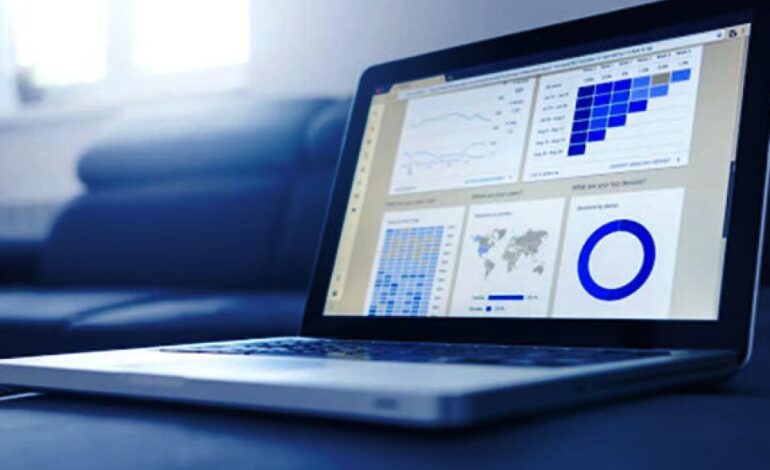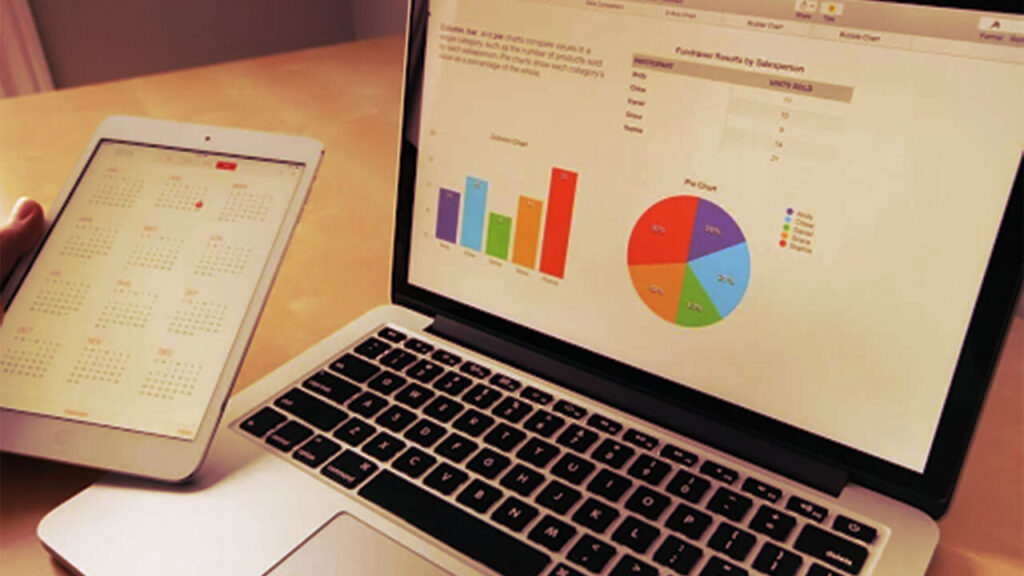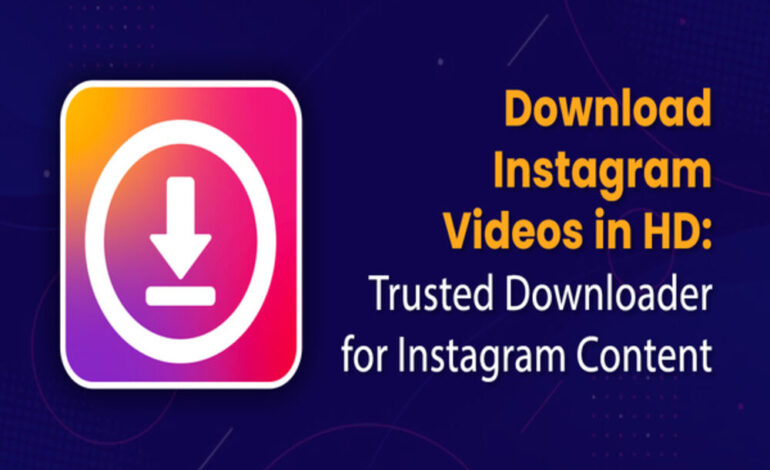What Is Data Literacy And How To Become Proficient In It?

The understanding of data and the skills needed for it are not something that has become popular in the past decade.
Rather, it has been around for quite some time but although we’ve heard of it many times, most people are still not quite sure what data literacy actually is.
Well, the short answer would be: the ability to read, work with, analyze, and argue with data, yet there is more to it than meets the eye.
Data literacy also involves understanding the concepts, methods, and tools needed to analyze data effectively, and like with any other skill, there are methods and techniques you can implement to become an expert, or rather proficient in it.
In the text below, we’ll discuss a bit more about data literacy and go into detail regarding the methods you can use to become excellent at it. Read on!
Understanding Statistical Concepts
A key aspect of data literacy is having a strong foundation in statistical concepts and methods, such as measures of central tendency (mean, median, mode), measures of variability (standard deviation, range), probability distributions, hypothesis testing, and regression analysis.
Feel lost yet? Well, measures of central tendency in statistics are the central or typical value for a probability distribution. This enables individuals to interpret and draw meaningful conclusions from data.
Measures of variability are statistical methods used to describe how spread out the data is in a dataset. They give an idea of the amount of variation or dispersion of the values in a set of data.
And the rest are other statistical functions, and it would take more than one text to explain them all. Honestly, the reason why all these matter is quite simple:
Understanding statistical concepts is important for data literacy because it enables you to make informed decisions, draw accurate conclusions, and effectively communicate your findings.
Working with Data
Data literacy requires the ability to work with data, including retrieving data, cleaning and transforming data, and using data analysis tools to explore and visualize data.
This requires skills in database management, data cleaning, and data transformation, as well as proficiency in spreadsheet software (e.g., Microsoft Excel and Google Sheets) and data visualization tools (e.g., Tableau and PowerBI).
Of course, this all seems like a lot at first, but with time you’ll grasp all the details regarding data literacy, and later we’ll also discuss the steps you’ll have to take to become proficient, thereby giving you a better understanding of it all.
Data Visualization
A key part of data literacy is being able to make clear and interesting visual representations of data. Why?
Well, let’s say you’re giving a presentation at a large company, and your goal is to share exact information about last year’s sales and profits, whether or not the margins were met, etc.
To make all this clear to your bosses, you’ll need to understand the principles of effective data visualization.
There are many great training courses for data literacy that enable you to become an expert at using the different software tools at hand and acquire a deeper understanding of all the skills needed for data literacy.
We’ll talk a bit more about how to become proficient later, but the bottom line is: education and training are two of the most important points.
Appropriate chart types for different kinds of data, colors, and labeling axes are all points you’ll have to make quite clear. It also involves proficiency in using data visualization tools to create visualizations.
Communicating with Data
Effective communication with data is a key aspect of data literacy. Yes, it is not only about communicating the data to someone; it also involves the ability to translate data insights into clear and concise messages and to present data in a way that is easily understood by a wide range of audiences.
This requires strong visual design skills as well as an understanding of how to effectively communicate data to stakeholders who may not have a background in data.
So yes, you’ll need to understand how to introduce the statistical findings to someone who understands maybe the basics without a deeper understanding of the hidden messages these numbers carry.
By developing strong data communication skills, you, as a data literate, can help others understand the insights and findings generated by your data analysis, essentially leading to better decision-making and outcomes.
Data Ethics and Privacy
Finally, data literacy requires an understanding of the ethical and privacy implications of working with data. This includes understanding issues such as data bias, data privacy, and data security, as well as adhering to ethical principles when working with data.
This requires an understanding of privacy laws and regulations, as well as an understanding of the ethical considerations involved in working with sensitive data.
You can understand why this might be important, especially if you’re working for a certain company and the sensitive data might harm the company’s reputation or influence the opinions of shareholders.
It’s also important because this data should be shared only with those who understand its meaning and what it might mean for the company.
What is Data Proficiency and How to Become an Expert?
After a deep dive into the world of data literacy and what it is composed of, we’ll now discuss how you can become proficient in data analysis and reading and what steps to take.
We should know that learning how to use data well takes a mix of schooling, practice, and experience. It is not something that can happen overnight, and it will require a certain degree of patience and perseverance until all the steps are completed.
Moreover, the below-mentioned steps might also vary depending on your particular career path and need for data literacy.
Education
A solid foundation in statistical concepts and data analysis methods is essential for becoming proficient in data literacy. Consider taking courses in statistics, data analysis, and data visualization to gain this foundation.
Additionally, consider earning a degree in a field related to data, such as data science, business analytics, or information management.

Practice
Practical experience working with data is critical to developing your data literacy skills. Find opportunities to work with data in your personal or professional life. For example, you can participate in data analysis projects at work or use publicly available data sets to practice data analysis and visualization.
Communication Skills
Effective communication is a key part of data literacy, so think about training, writing, and public speaking as ways to improve your communication skills.
Continued Learning
Finally, make sure to continue learning and developing your data literacy skills. Attend conferences, workshops, and training sessions to stay up-to-date with the latest data literacy best practices and technologies.
In the end, after taking all these steps, chances are you’ll become quite an expert regarding data literacy and how to read it effectively, but if we had to pin one of the points above, then continued learning would be it.
Continued learning and working on yourself is the key to true success in any industry, therefore always stay up-to-date and ahead of the rest if you want to become truly successful and enjoy what you do!









